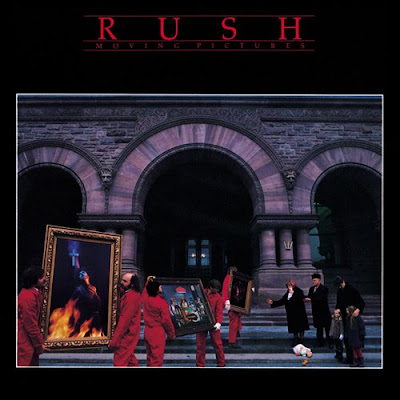First, a h/t to Jeff Jarvis for this one – it really rings a bell for me, particularly in light of my own experiences last fall with the “Obama-Haters Fall for Nigerian Prince Scam” story. 
Basically, the insight is that traditional media – newspapers, to be precise – tend to approach news the way photography approached capturing images before the invention of the movie camera and long strips of flexible, high-speed film. That is, to work and work, stick your head under the big black sheet, remove the cap from the front of the big heavy unwieldy camera, and tell everyone not to move for a half-minute or so.
The parallels to newspapers are that the news only happens once per day. That it takes a whole lot of effort and preparation, and the use of crazy heavy equipment (ever tried to deal with a jammed printing press? I did, on my first day working at the Eau Claire Leader-Telegram) that restricts what you can do and how frequently you can do it. Meanwhile the movie camera (and the web) allows you to do an ongoing series of snapshots of reality; one that gives far richer context to the events and brings them to life in a whole new way.
In this context, I guess you’d have to say that Twitter is the mini-DV camcorder to newspaper’s Matthew Brady-style bellows & glass plate camera.
So what does this mean to journalism & trying to filter & report reality back to a wider audience?
If the truth must be corrected – wouldn’t the truth finally
have to be the sum total of process AND product? Shouldn’t it be a
document of changes which tells the truth about editing, as well as
about the information being edited? And wouldn’t it imply information
is only momentarily true. That the end of a story doesn’t have to do
with truth it has to do with interest or the loss thereof?(snip)
But journalism? Is it about the artist or about the facts? And
how can there be facts if the facts change? We don’t want the
journalist to be a slight of hand man. Yet blogging real time makes
that so. Different from newspaper news. So shouldn’t the document be
different?Should not the process of accruing information then be documented ?
Well, yeah. Since my first foray into producing multimedia reports, I’ve felt that one of the strongest things that the web has to offer both the content producer and the audience is the ability to let the readers “peek behind the curtain” and see all the things that reporters saw & considered, and omitted from the final report.
“Every edit is a lie.”
–Jean-Luc Godard
Not so much. I tend to think – and this blogged is named because of that – the basic function of a reporter/content producer is to filter the reality stream down into the essential. If you’ve ever had to sit through a friend or family member’s unedited vacation videos, you’ll immediately know what I’m talking about. The equivalent these days is watching the streaming video coming through Mogulus or Kyte from cellphones around the world (and soon to be coming from iPhones – w00t! x infinity). 
So while the process of editing, filtration, curation (whatever that buzzword is interpreted to mean this week) to arrive at the digestible info-bit is the value-added, I do think that being as open and transparent about what you’ve done is also a big value. I learned this from my case study that I did years ago with Schibsted Media – they have three levels of online video: 1) the short clip on the front page that teases readers into clicking into the article; 2) the edited 30-second to 5-minute piece and 3) the whole unedited video.
As Sverre Munck told me at the time, there aren’t that many people who want to see the whole interview and watch all the outtakes, but those who do are fanatically devoted to it, and are your most loyal readers.
To me, it allows the audience to go into to your subject material and draw out their own construct. If they want to do a mash-up or remix using some of my video, by all means, go for it. I don’t do this lightly – there are a lot of things about trusting the audience that still give me the heebie-jeebies. I can quite easily imagine scenarios where a well-funded organization – let’s say the coal strip-mining industry – does some serious astro-turfing, and goes into reports about the effects of dumping mountaintops into formerly clean streams, with an eye to cherry-picking data to justify their profit margins. And then using the assembled plastic chorus to yammer incessantly in blogs, chatrooms & the growing “info-cloud” to drown out the reporters and citizens who are complaining about their kids growing up with tentacles instead of legs.
The thing is: that already happens today.
Again, going back to my experience with the Obama-hatin’ story, and the lessons I learned from it: openness and trusting your audience can empower them to deputize themselves and take the story further, and in directions that the original reporter could never have imagined. Telling your story in slices, with the audience chipping in along the way, will probably be the future model for how real serious investigative journalism is done. I hope.
Technorati Tags: blogs, blogging, moving pictures, process journalism, trust the audience, crowdsourcing, newspapers
